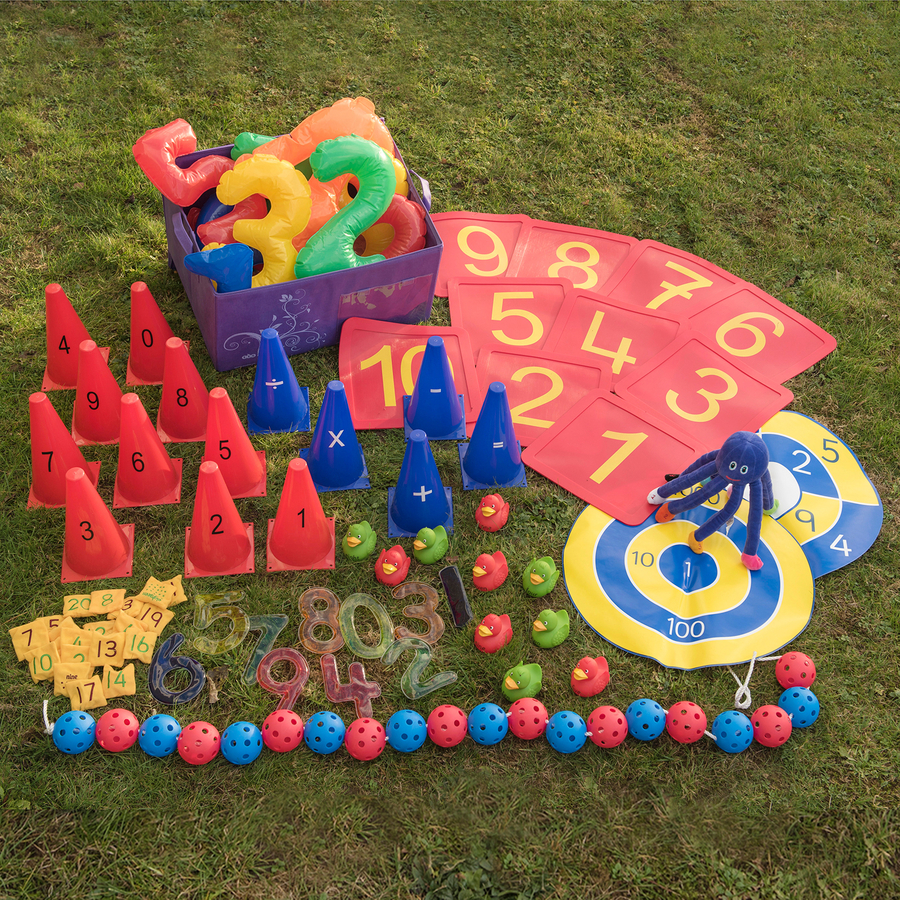Introduction
The concept of taking learning outdoor is something I am familiar with. However, I would associate this with subject such as language, gym or science. I have given a lot of thought to thinking beyond the classroom in maths but i had not considered the benefits of physically taking maths outside. So my question for this post is, which elements of fundamental mathematics can be developed effectively outdoors?

Angles
After doing some research and thinking back to my first placement, measurement and angles stood out in particular. There are multiple ways to include variation in the teaching of angles within the classroom. However, it is important to think creatively, something I have discovered in previous posts. Haylock (2007, p. 266) explains that ‘when teaching about angles, do not always draw diagrams or give examples in which one of the lines is horizontal’. This further explains this idea that angle should be taught in a multitude of ways.

I also think that this can be related to one of the CfE defined principles of relevance, Scottish Government (2017). If children are only calculating angles in a textbook, they may struggle to see the relevance of angle in the real world.
Measurement
The points made are similar when it comes to measurement, creative teaching is also key. Hansen (2006, p. 104) states ‘children begin to form an idea naut length when objects can be matched and compared’. This will be far easier to do if children can compare and contrast different objects or buildings outside. An example of this on my first placement was when the pupils went outside to calculate the perimeter of the school. This brought their previous learning to life.
Outdoor Learning
Outdoor learning can be an effective means of teaching maths. NCTEM (2015) states ‘getting out of the classroom facilitates authentic or experiential learning (the engagement of learners with the world as they actually experience it)’. Throughout this module I have realised the importance of valuable experiences in maths. Therefore as a teacher it is important to enrich the pupils learning by providing experiences such as fun outdoor lessons. A change of environment could also be refreshing for the class. Maynard and Waters (2007, p.260) states ‘while the teachers indicated that they were unsure whether or not they should change their pedagogical approach when working outside, several indicated that they felt more relaxed outdoors’. Therefore being outside could be a nice change from learning in the classroom. I have also considered maths anxiety a lot throughout this module and learning outdoors could be a means of creating a more relaxed and positive attitude towards maths. Pupils could begin to see the real life maths and have less anxiety out with the confines of the classroom.

It is particularly important to make use of the materials outside, as opposed to conducting a lesson created for indoors outside. Bilton (2010, p. 4) ‘quality outdoor provision would incorporate this type of practice, but merely taking indoor equipment outside does not constitute quality outdoor provision’. This could be implemented by basing the lesson on objects outdoors or buildings. For example calculating the diameter of a tree or perimeter of a building. This could also involve using materials found outside, this will encourage pupils to discover for themselves and find innovative ways to use maths outside.
Conclusion
Therefore, angles and measurement are key fundamental maths skills that can be explored outdoors. However, materials outdoors can be used to create lessons in any area of mathematics. This can bring a change of scenery for peoples which could engage and motivate them. It will also highlight the relevance by bringing mathematics out of the classroom and making fun activities outdoors.
References
Hansen, A. (ed.) (2006). Children’s Errors in Mathematics. Understanding Common Misconceptions in Primary Schools. London: Learning Matters Ltd.
Haylock, D. (2007) Mathematics Explained for Primary Teachers. London: Sage Publishers.
National Centre for the Excellence of Teaching Maths (2018). Numicon. Available at:https://www.ncetm.org.uk/public/files/266859/Sue_Rayner_Resource_Sheet_A.pdf. (Accessed: 7/11/18).
Images:
https://www.tts-group.co.uk/maths-outdoor-grab-and-go-foundation-kit/1002001.html
